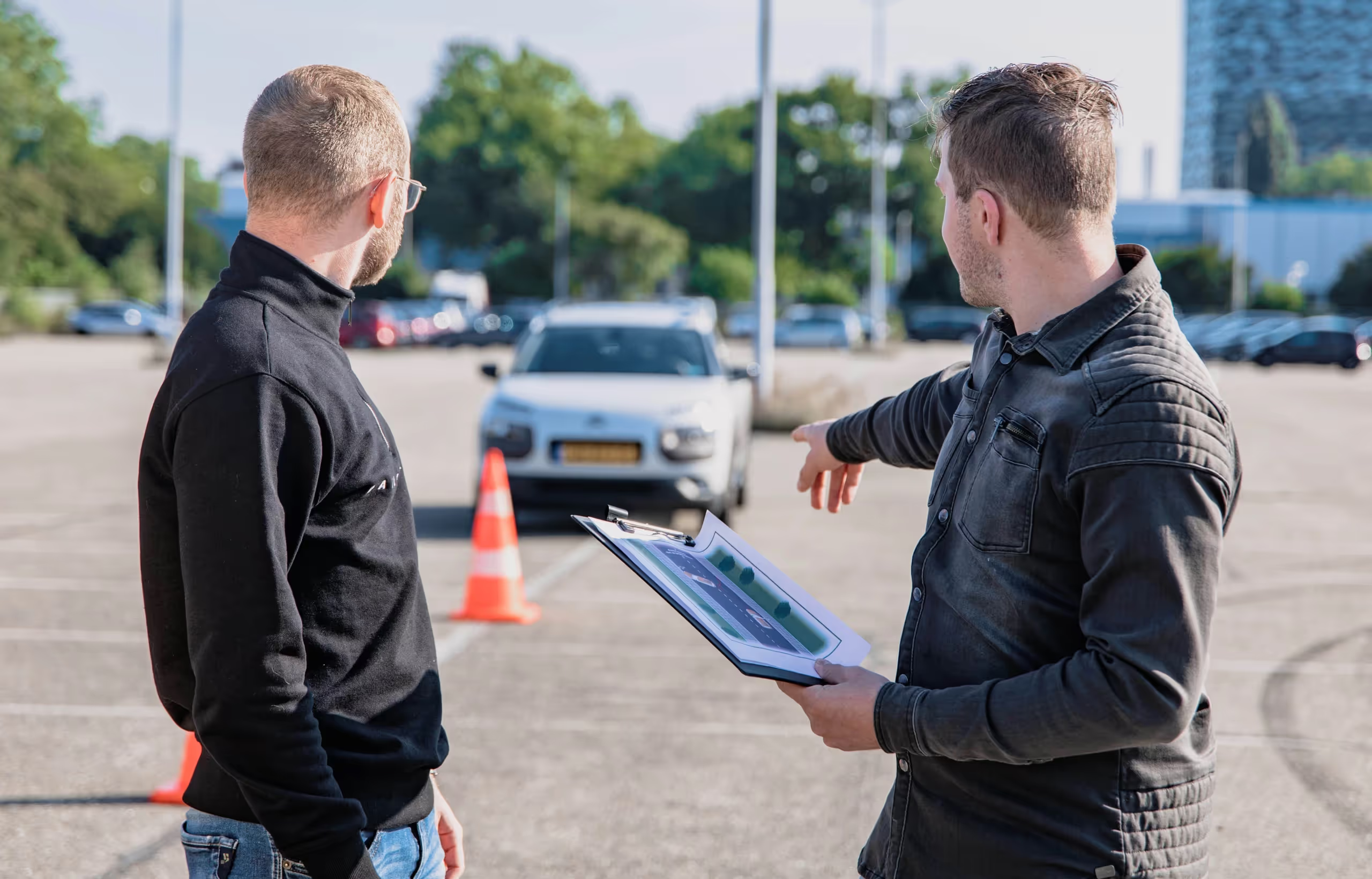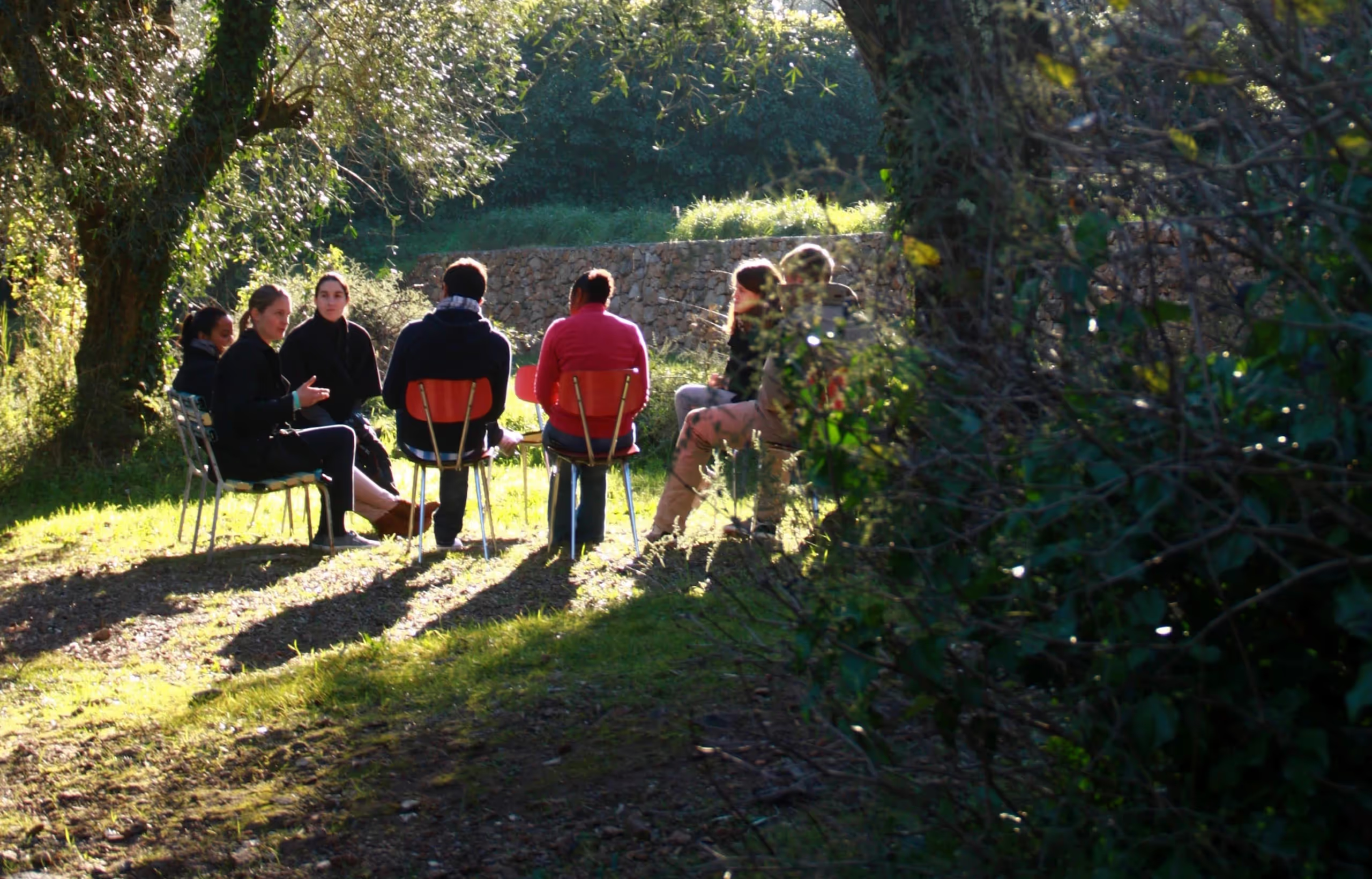More often than not at Highland, we find ourselves relying on qualitative Design Research methods to offer value to clients along their design adventures, whether through revealing unexpressed user needs, discovering behavioral insights, uncovering opportunities for disruption, defining a new market, or evaluating a well-informed idea. Using qual—instead of quant—methodology means we can dig deeper into real-time responses, probe motivations, immerse ourselves in participant context, and see the pink elephant in the room that needs to be talked about. This kind of research, grounded in ethnography-inspired practices, stands in contrast to market research, where the focus typically is on attitudinal data collection and quantitative approaches.
So how does our ethnographic curiosity manifest into better value for our clients? Because without the luxury to observe what’s happening in natural settings, dig deeper or bump into unexpected knowledge, we’re likely to return with predictable learning. Quantitative methods—polls, surveys, large group sessions, or questionnaires—make assumptions on possible responses, and rarely uncover insights about things we didn’t know we didn’t know. All too often, product managers at startups and incumbent organizations tell the disappointing story of failure because of unforeseen user behavior and misunderstood motivations.
While quantitative research or quantitative data is helpful in scaling an already sound understanding of users, it is a poor replacement to qualitative research in discovering user needs and related opportunities. Leveraging qualitative research methods lowers risk not only in designing new products, but also uncovers new territories for innovation previously unseen or undiscovered by the industry.
Design Research methods are driven by user behavior
So how should you get started with qualitative approaches to conduct Design Research? Qual research is more than just about reducing your participant pool or sample size. The very structure and intent of the research is different from quant methods, and there are numerous research methodologies at play. The singular driving force behind identifying methods for an upcoming project is the human behavior being studied. In the realm of Design Research, qualitative researchers’ intent is always to understand behavioral tendencies, as opposed to attitudinal inclinations.
This means we’re not asking participants what they think or prefer but seeing how they behave through participant observation. That makes it essential to attempt access to participants’ context—whether it is their homes for a study relating to family time, offices for a study about work habits, or a frequented park for a study relating to dog walking. Some Design Research methods are dedicated to conducting this kind of contextual research, and others have emerged as workarounds when the participant context is inaccessible.
Research methods also differ in the nature of the activity being researched, whether it is momentary, like when birds are being fed at a zoo, multi-step, like someone going through a college application process, or prolonged, like when farmers manage year-long agricultural cycles. Research questions are designed to keep in mind these nuances in context and possibilities for deviation during the research. See below an organizing framework for the most popular methods for a qualitative study, along with details on how some of them unfold in the field.

Understanding Different Qual Research Methods
1. Observation
- When to Use: If you are looking to understand a specific behavior or moment in time and the participant context is accessible, you can observe the user to increase your understanding of their behavior and the impact of the surrounding environment.
- Method: Researchers can collect information by entering into the user’s environment and carefully noting what users are doing, what events are occurring, and what characterizes the physical or digital setting. During an observation, such as watching patrons choose seating in a public cafe, the researcher remains as unobtrusive as possible in order to avoid swaying user decisions. While this is called observation, the researcher should use all of their senses—such as noting the level of noise in the cafe, the smells coming from the kitchen, or the views to the street—to expand their contextual understanding. Information gathered through observation is best recorded through real time note taking to ensure memories don’t become distorted.
- Specific Value: Gathering information on user actions within context enables us to discover what is actually happening versus what users remember or perceive. It also includes the benefit of highlighting contextual factors that may impact user actions, such as the level of noise or smells in a cafe.

2. Personal Immersion
- When to Use: If the user behavior is specialized or unique—whether it occurs momentarily or through multiple steps—and it is possible to carry out their actions yourself, then you can use personal immersion to expand your understanding of their motivations and build empathy for the user.
- Method: By putting yourself in the user's shoes and carrying out specific actions or activities, you can build a more nuanced understanding of the user’s behavior. During personal immersion, you will undertake the user’s actions as if you were them, whether as simple as taking out the recycling or as complex as getting a new license at the DMV. By carrying out each step yourself, you will get a clearer picture of pain points, workarounds, and outside influences.Personal immersion can be documented in real time through notes, pictures, voice recordings, or video recordings. However, depending on the cadence of the activity, you may be entirely focused on carrying out the user's actions and unable to record in real time. For example, when taking out the recycling, you are not likely to have moments to stop and make specific notes. In this case, it may be best to take out the recycling and immediately record your thoughts. Alternatively, while getting a new license at the DMV, you may find yourself waiting for extended periods of time, during which you can record your feelings and observations.
- Specific Value: Personally carrying out the user’s activities is a reliable method for building empathy. While we can watch someone struggle through the steps of getting their license at the DMV, there is nothing quite like experiencing the frustration or setbacks ourselves. Taking each step helps us to notice the small and big influences that impact our experience.

3. Shadowing
- When to Use: If the user behavior is multi-step and the user context is accessible, you can shadow the user to study the varying contexts in which each of their journey stages plays out and pick up nuances on sequence, spatial interplay, and work-arounds along the way.
- Method: Shadowing is observing user behavior in context by following the user through specific activities, such as buying groceries, preparing a large family meal, serving it to their family of ten, and cleaning up. Occasionally, shadowing offers the opportunity to ask the user a quick question along the way such as, “Why did you do that?” or “How does that work?” These impromptu questions allow you to learn in real time and uncover user motivations that may not be apparent on the surface.Like observation, information gathered through shadowing is best recorded with real time notes. Added photo or video documentation can be useful as well. Because you may be busy or feel overwhelmed while shadowing, a follow up debrief with the team is useful. During this time you will record any additional observations immediately after the shadowing is complete to make sure you’ve captured all possible information.
- Specific Value: Gathering research input as the user carries out actions within their context and being able to ask the ‘why’ questions quickly while letting users carry on their activities helps uncover unexpected information such as hidden work-arounds or subconscious motivations.

4. Talk-Alouds
- When to Use: If user behavior occurs over multiple steps, but their direct context is inaccessible to you, talk-alouds can help the user to shed light on the steps they are taking and why they are taking them.
- Method: Talk-alouds are when users narrate their actions, thoughts, and feelings as they carry out activities in real time. Here, detail is important and the more the user breaks down their actions and describes each step, the more you will discover about their behavior. The reason for sharing this information remotely can vary. Users across the globe can share their computer screen with you as they test a digital prototype. In the times of COVID and social distancing, users can video record the steps they take to make cafe-style frappuccinos at home. The key is that the recording is detailed, real-time narration, by the user themselves.
- Specific Value: Talk-alouds are invaluable for gaining insight into real user actions when the researcher can not be present in context. As noted, the user plays a large role in this—the more detailed the documentation, the more you will learn.

5. Immersion
- When to Use: If the user’s behavior occurs over a prolonged period of time and the context is accessible to you, immersing yourself in the user’s environment can help you understand the influences at play and how they impact the user’s behavior.
- Method: Immersion is most successful when you join the user in their environment for multiple days. While in the user’s context, you can carry out a mix of other methods, such as shadowing a teacher throughout their day, observing behavior in the school cafeteria, or hosting intercept interviews in the hallways. The key is to be part of the environment for a prolonged period of time. This lets you notice behavioral details and identify typical patterns versus unique occurrences.
- Specific Value: Contextual immersion allows the researcher to fade into the background over time. For example, students may be on alert while being observed on day 1, but by day 3, they are likely used to the observer in the background and will revert to typical behavior. Immersion also enables the researcher to observe the context through different methods over time, revealing wider insights and more connections between user motivations.

6. Topical Round Tables
- When to Use: If user behavior occurs over an extended period of time and involves a variety of user types, stakeholders, or experts, then hosting a discussion around specific curiosities or emerging topics reveal new dimensions in user motivations. These are recommended as generative conversations instead of evaluative feedback sessions like focus groups.
- Method: Topical round tables work best in small groups of 4-6 participants with varied backgrounds. Coming from different contexts may impact why users make certain decisions and how they perceive an experience, especially around a specific topic. Listening to users discuss their experiences and feelings with each other—perhaps verifying or challenging one another—will reveal a wide array of experiences to consider. Discussions are typically structured with prompts and monitored by an experienced researcher to ensure all participants, including the shyest or soft-spoken, have the opportunity to contribute. The intention is to facilitate—not moderate—the discussion. Takeaways from topical round tables are best recorded through live visual note-taking, such as physical or virtual post-its. Depending on the comfort level of participants, discussions may be recorded for note-taking purposes. Documenting observations post-discussion or through team debriefing helps make sure you capture all useful information.
- Specific Value: Topical round tables are especially useful in drawing out varied user experiences around the same actions. Because personal context is so formative for how we experience something, each user can have a wildly different perspective on the same actions.

Winning with Qual Research Methods
Each qual Design Research method offers nuanced value to a project and is deeply dependent on the activity being studied and the timeline in question. It’s not just about selecting from a list of interchangeable data collection methods but more about carefully crafting an approach most suited to the behavior, context, timeline, and participant profile while balancing research objectives. Therefore, it is important to understand which methods to deploy and when.
When curious about users dealing with unique circumstances, like elderly users moving with the assistance of walkers, personal immersions are a useful tool to boost empathy. When looking to disrupt a crowded industry, analogous experiences can prove to be game-changing, because it brings in perspectives from other industries with similar behaviors. In a guarded setting like hospitals dealing with patient confidentiality, scenario walkthroughs can prove to be highly effective, revealing surprises along a contextual walkthrough.
The number of research methods deployed on a given project differs greatly based on the project's intent, timeline, and budget. Highland recommends 2-5 methods to ensure a rich perspective and diverse learning.
It doesn’t end with just choosing methods
Selecting appropriate qual Design Research methods and executing the research does not alone guarantee game-changing insights—synthesizing the information is the secret sauce. Synthesis, an interpretive, meaning-finding process that distills insight from multiple research methods, is distinct from data and content analysis.
To truly deliver the value of qual research, researchers must become intimately familiar with every participant’s responses, behaviors, and the context in which they were mentioned, and cluster these debrief or field notes based on patterns of motivation, aka why, as opposed to what, meaning the topic being discussed. These clusters, based on common needs across behaviors, lead researchers to aha moments—or insights—that direct toward design opportunities. Unlike analyzing numerical data into aggregates, the process of synthesis uncovers the bigger why behind behaviors, giving form to the unsaid.
The synthesis process is time-consuming, taxing, and often the most challenging part of the journey. But synthesizing qualitative data is worth the soul-searching because it takes us to new places, crystallizing new understanding that may be hidden in plain sight.



